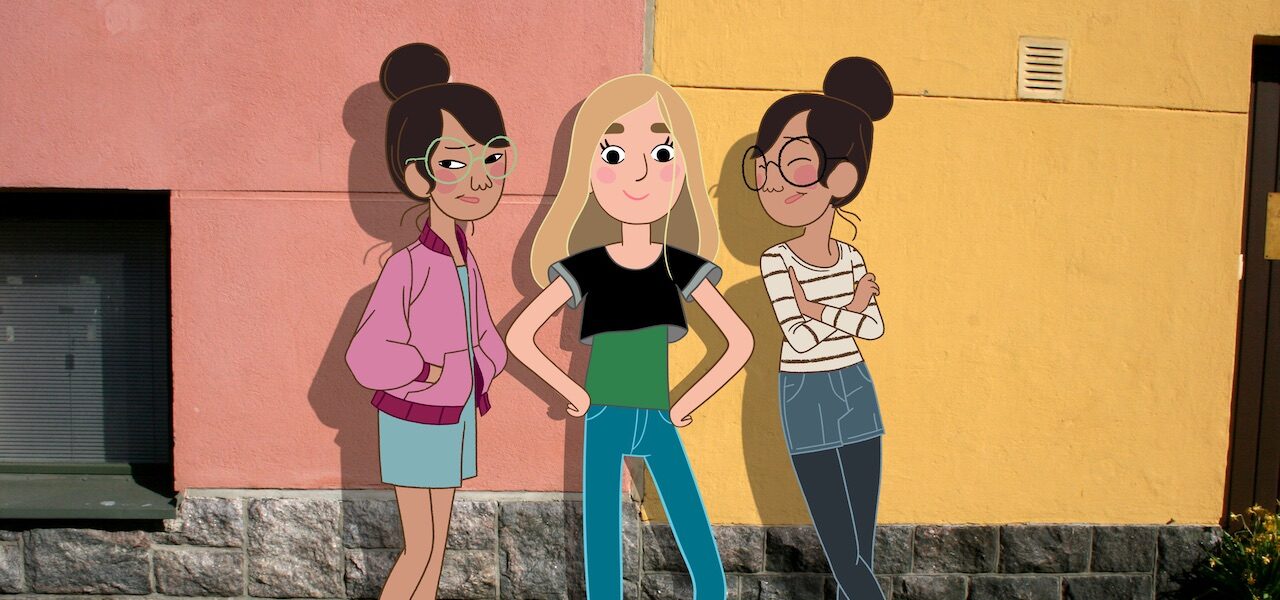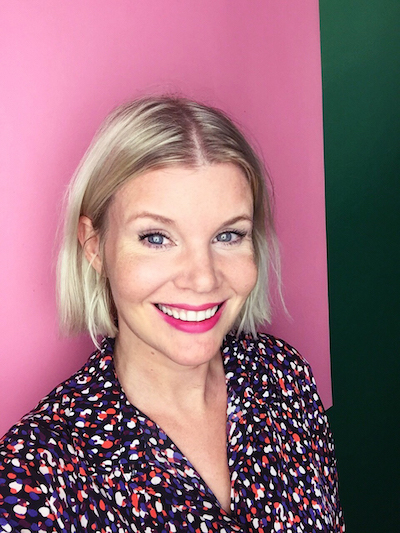

‘Royals Next Door’ Breaks New Ground For Finnish (And European) Animation
If you hear “Finnish animation,” you’re likely to think of one of a small number of franchises. Angry Birds, perhaps, or Moominvalley. Maybe Gigglebug. If Pablo Jordi has his way, this could soon change.
While Finland has sophisticated tech and game scenes, its animation industry is only just starting to enter maturity. The evidence: original series with global ambitions are starting to be greenlit out of the Nordic country. In February, we reported on Nickelodeon International’s Best & Bester. And now there’s Royals Next Door, from Jordi’s Pikkukala studio in Helsinki. The show has just entered production.
The royals of the title are a fictional European monarchy who are obliged to leave their castle and move into an ordinary neighborhood. The show follows the adventures of the family, particularly the teenage Princess Stella, as they try to acclimate to normal life.

Royals Next Door is the brainchild of Veronica Lassenius, a Finnish filmmaker and Pikkukala co-founder, whose work we’ve featured in the past. She is directing the series and producing it alongside Jordi, her longtime creative partner. The pair collaborated on kids’ shows Saari and Fungi in Jordi’s native Spain before moving to Finland and launching Pikkukala in 2012. They have since opened a sister studio in Barcelona, which is currently co-producing Folivari’s series Stinky Dog.
In other words, they have been something of a cross-European team from the start. But Royals Next Door marks a step up in ambition: it is a co-production between four countries — the first such project to be led by a Finnish producer. The series draws together broadcasters and studios in Finland, Spain, Flanders (in Belgium), and Ireland.

The project is creatively led by Lassenius in Helsinki, where compositing, post-production, and sound are also done. Pre-production is carried out at Pikkukala’s Barcelona studio. Lunanime in Flanders is handling the animation. The show consists of 2d animation against live-action and photographic backgrounds, which are shot in Ireland. The writers are spread across Finland, Spain, Ireland, and the U.K., and coordinated by email and video conferences.
This specific constellation of countries may be unusual, but international co-productions are common in Europe, where animation projects often require a patchwork of funds from different sources in order to succeed.
In Finland’s case, the relative lack of local talent and problems with financial support schemes create extra incentives to look abroad. But according to Jordi, the situation is better than it was when he first set up shop in 2012. Below, he talks about the changing fortunes of the country’s animation industry, and his hopes for its future:

Jordi: In the past, most independent productions aimed for the national or Nordic market at most. Local talent had to go abroad to work on international interesting projects and producers found it hard to put together the financing for larger projects, due to the lack of financial support. There was also a lack of social recognition: an average person on the street would understand the value of the mobile game industry better than the animation industry.
Rovio’s Angry Birds Toons series (which I had the luck to produce a couple of seasons of) was a turning point for the industry. We brought in international talent and fostered local talent to build a unique studio in the Nordics, and we created high-production-value cartoons that were a huge success globally. Even if the studio is no longer there, its effects can still be felt today — most of the animation companies in Finland benefited from it in one way or another.
With time the animation scene has evolved, and there are more financing instruments and more understanding from the general public. Still, it is challenging for indie producers to get their projects done.
We need to continuously educate institutions about the value of the animation industry. The cash rebate audiovisual incentive (up to 25%) established a couple of years ago is very important for animation producers, but it has been designed with live-action services in mind, and has important design shortages when it comes down to original animation production.
The lack of artists is something we need to face. Labor is more expensive than in Southern Europe and there is a smaller talent pool. This is common to other Nordic countries as well. One curious phenomenon is that talented senior animators often end up getting full-time jobs for mobile games because animation production cannot offer the same stability. A tighter cooperation with other Nordic countries could address this issue: political measures could stimulate the circulation of artists in the Nordic region.
Talent shortage in Finland is often a problem, but not everything is black and white. Being based in Finland and Spain allows us to be flexible and adapt. For example, we sent two talented Finnish animators to Pikkukala Barcelona to work on the production of Stinky Dog. Interestingly, we have discovered that while Belgium is a more mature industry [than Finland], it can also be difficult to find talent there when many film and tv projects are in production at the same time.
The Covid-19 crisis has impacted our main location shooting plans, which had to be postponed. This is not the only challenge the current crisis has present us with, and we can expect many more given the international character of the production. We are used to working remotely, which is an advantage in these circumstances.
Inter-E.U. collaboration is creatively very rewarding. It is also a way to build an identity for European animation and face together some of the challenges on our continent, like leveling the playing field between countries or the addressing the unstable working conditions of animation professionals. Our ambition is that Royals Next Door becomes a success story that paves the way for other Finnish producers to enter this co-production circuit.
Royals Next Door will be aired from January 2021. Jordi’s comments have been taken from longer answers sent by email.
